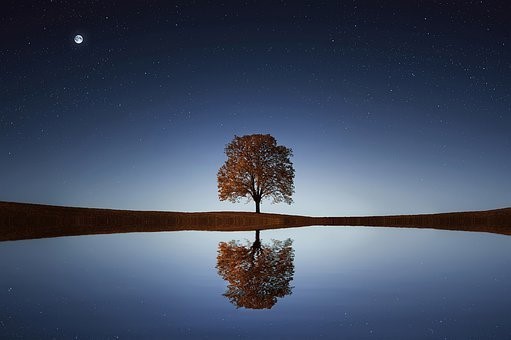In the early 20th century, Swiss psychoanalyst Carl Jung coined the term archetype, which is a universally recognized image or persona that can be found across cultures. But if we look at ancient myths and art, we see that archetypes have existed since time immemorial. They’re patterns of qualities whose formation millions of people have contributed to. The theory of archetypes has even made an appearance in neuroscience-based explorations of personality. And of course, archetypes are an important aspect of psychology; if we take the Greek word psyche, we see that the root of psychology literally translates to the “study of the soul.”
You could say that we don’t create archetypes, at least not intentionally—they grow out of the collective unconscious and are most recognizable in dreams and myths. Jung thought of archetypes as potentials that live in the psyche, drawn from the collective unconscious, or the part of the mind that contains memories and impulses common to all humans. He viewed these as inherited images that continue to be important parts of the human experience, and that shape us in ways we might not even be aware of.
Some archetypes that are familiar to us include the Mother, the Warrior, the Wise Man/Woman, and the Hero. Deities can also be seen as archetypes, as they carry specific wisdom and expertise: Take Aphrodite, the Greek goddess of love and beauty, or Osiris, the Egyptian god of the underworld—both of whom have counterparts in other mythic pantheons.
And even if we don’t know it, we’re all adept at recognizing archetypes when we see them in others. Just think of the language we use: “She’s definitely giving off some Queen energy.” “I feel safe around him—he’s my Hero!”
Archetypes can be powerful ways of activating our power when we are in recovery or on a healing journey. Anthropologist and spiritual teacher Angeles Arrien identified four archetypes—the Warrior, Healer, Visionary, and Teacher—that she recognized across a variety of world cultures; she learned that when people embody these archetypes, they experience balance and joy.
I believe we each have our own set of archetypes that dance to their own music and have their own strengths, weaknesses, and points of view. All of them are specific to our personal healing journey.
Through my own soul work, and my exploration of the various parts that live inside me, I’ve identified them and christened them with their own names: Trixie, Short Pants, and Gwen, among many others. Deep soul work connects us to meaning-making. All of my archetypes are unique to me, not just nameless, one-dimensional representations. In coming to form relationships with my archetypes, I let myself move beyond the literal and into greater communion with my multi-dimensionality. All of my archetypes are more than just names and images; they have their own autonomous identity in my soul.
The purpose of working with your inner archetypes isn’t to understand, analyze, or dismiss them. Often, the soul resists labels, judgments, and literality. But through ritual, poetry, and art-making, we can sink into the realm of the imaginal and learn to build relationships with our archetypes. When we engage them respectfully, they can often give us insight into how we’re showing up and how we might need to show up differently. In accessing our archetypes in a conscious way, we are empowered to “write” our own story, filled with the characters that populate our psyche. We learn to befriend all our parts and personae, and to draw toward the entirety of our psyche with kindness and curiosity. This is the path to soulbriety, which allows us to see that all of our parts make up one powerful whole.
Dr. Clarissa Pinkola Estes, the Jungian analyst who wrote Women Who Run with the Wolves, sees herself as a “keeper of the stories.” We’re always telling stories about ourselves and the world around us, but when our stories are connected to the depths of the soul, they have the power to heal us.
Estes writes, “Stories engender the excitement, sadness, questions, longings and understanding that spontaneously bring the solution…back to the surface. Stories are embedded with instructions which guide us about the complexities of life.”
Exploring archetypes is profoundly healing because it gets us in touch with the story of our lives, in such a way that it helps us connect our personal experience with a universal experience. Jung sometimes referred to the human as a tree; most of what we pay attention to lives above ground, from the trunk to the branches. However, the roots of the tree are the collective unconscious. And the archetypes are the primordial source of water that shoots up through the roots and animates our personal experience, giving us life and infusing our world with flavor, color, and even magic.
